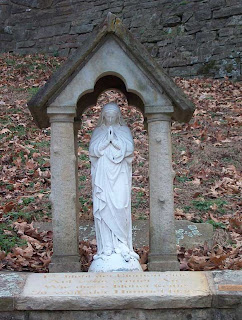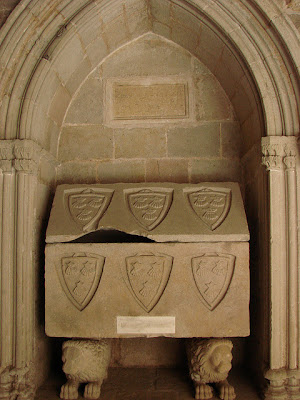
| ||
The Feast of St. Ignatius Loyola
Today
is the Feast of St. Ignatius Loyola. I
do not have a particularly deep devotion to St. Ignatius, but this prayer has
been a favorite since the time I used to say a version of it each day as an
associate of an Anglican religious order:
Take, O Lord, and receive my entire liberty, my memory, my understanding and my whole will. All that I am and all that I possess, You have given me: I surrender it all to You to be disposed of according to Your will. Give me only Your love and Your grace; with these I will be rich enough, and will desire nothing more.
Thank You
I
also wanted to take a moment this morning to say thank you to all of those who
have sent along words of encouragement or recommended St. Rafe’s to others,
especially the bloggers at Bože!,
Rumney Marsh Ruminations, Thoughts at Large from a Bishop at Large, Priestcraft,
and all of those who’ve shared links on Facebook.
New Articles
A
few new pieces have come online over the last few days that seemed worth
passing along. Putting up a link here isn't necessarily a statement of whole-hearted agreement or endorsement--I'll tell you if it is. Instead, these are the things I've run across that seemed to me as if they might be of wider interest to the ISM community.
At Rumney Marsh Ruminations, there is a new Statement on Membership, providing a very thoughtful piece on one jurisdiction's self-understanding that may be of interest to others in thinking about how we define our communities.
At
Finding Grace in Ordinary Time, there is an excellent meditation entitled
Creedally Orthodox: The Freedom to Live Faith with Deep Intentionality,
reflecting on doctrine, authority, and personal responsibility in the ISM in
general and the Independent Catholic Christian Church (ICCC) in particular.
Also
from the ICCC at Thoughts at Large from a Bishop at Large comes Welcoming All Baptized Christians to Communion, a thought-provoking short piece on communion
and the Real Presence.
Finally,
at the Vagrant Vicar, who never pulls his punches, there is a new piece titled Validity:
When the Holy Spirit Stays Home, addressing the historically vexing
question of “valid” holy orders in the ISM.
 |
| The interior of the dome at the Gesu. |











